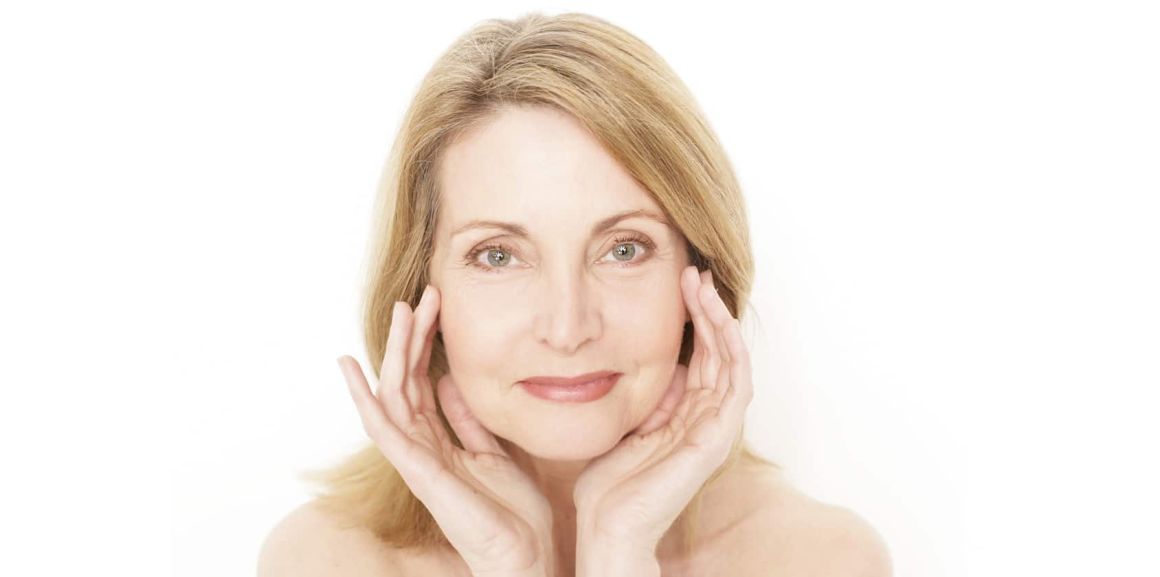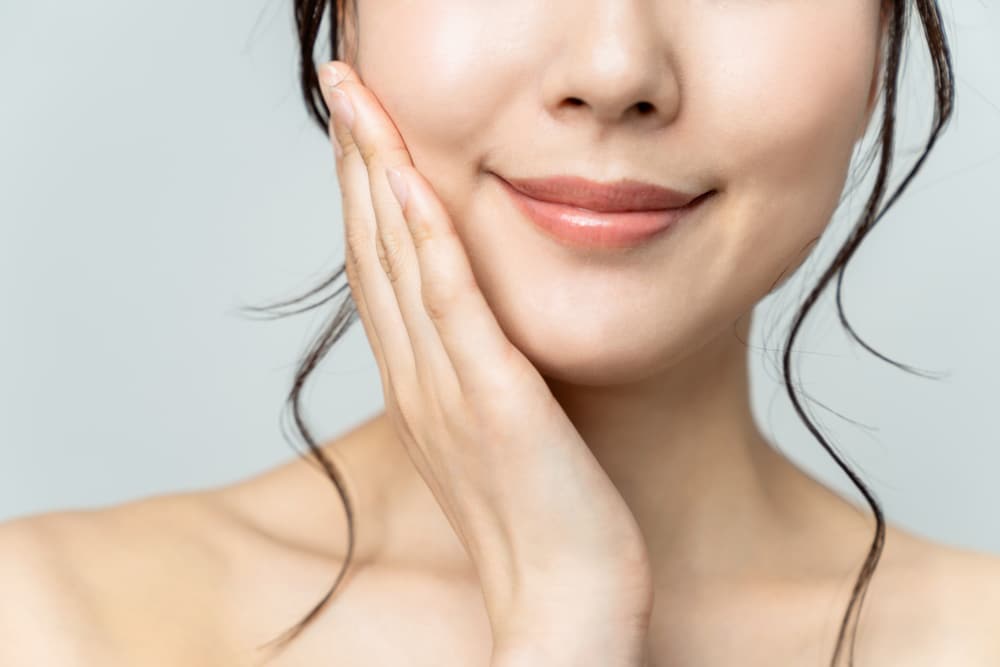Applications de la lipostructure (ou lipofilling)

Depuis que la lipoaspiration existe, les cellules graisseuses servent à combler d’autres parties du corps en étant réintroduites aux endroits qui en ont besoin. Cette réinjection de graisse autologue est appelée lipofilling ou lipomodelage.
Pendant longtemps, les résultats de cette intervention ont été instables concernant l’aspect rendu et leur pérennité : les cellules graisseuses réintroduites tendaient à se résorber de manière significative.
Les facteurs à l’origine de ces défauts ont été analysés par les chirurgiens plasticiens qui ne voulaient pas rester sur cet échec. Ils ont fait progresser les techniques peu à peu, et en 1995 le lipomodelage (ou lipostructure) a commencé à obtenir des résultats vraiment fiables (S.COLEMAN).
Le procédé consiste en la réinjection des cellules graisseuses extraites, réalisant ainsi une auto-greffe à part entière.
La majorité des creux, qu’ils soient naturels, provoqués par un traumatisme ou résultant d’un traitement médical, peut être remplie par le lipomodelage.
Les prescriptions et les objectifs de cette opération sont :
Les prescriptions esthétiques
- L’amélioration de traits marqués ou ridés du visage.
- Le rajeunissement des traits de la face marqués par le temps ou par un amaigrissement.
- Le lissage des courbes du visage et la restitution de son relief, notamment si ce dernier est amaigri du fait de l’avancée dans l’âge.
- Il peut venir compléter un lifting cervico-facial afin de rendre les traits du visage harmonieux.
- Suite à un lifting, cette intervention peut être pratiquée afin de redonner du tonus à la partie supérieure de la face et afin d’éviter un autre lifting.
- À noter que l’assurance-maladie ne prend pas en charge cette intervention.
Les prescriptions liées à la chirurgie de réparation et de reconstruction
- Remplissage d’un creux laissé dans les tissus par un traumatisme.
- Lissage d’un aspect irrégulier résultant d’une lipoaspiration.
- Atténuation de la fonte des cellules graisseuses provoquée par un traitement trithérapique pour les patients atteints du HIV.
Il faut savoir que l’assurance-maladie peut prendre en charge le lipomodelage sous certaines conditions, s’il est indiqué dans le cadre d’une chirurgie reconstructrice.Il convient d’être pleinement conscient que le lipofilling reste un véritable acte chirurgical. Le choix d’un chirurgien plasticien compétent pour pratiquer cette opération et habitué à exercer dans un environnement chirurgical est indispensable.
La phase pré-opératoire pour une lipostructure
Une analyse scrupuleuse, notamment sur le plan photographique et médical, sera réalisée pour évaluer au mieux les modifications à effectuer. Une étude devra être menée pour comparer l’aspect actuel du visage avec des photos antérieures.
Une consultation avec le médecin anesthésiste est prévue au plus tard deux jours avant l’opération.
Au préalable, un bilan pré-opératoire est réalisé afin de vérifier qu’aucune contre-indication ne vienne contrarier l’intervention.
Dans le but d'éviter tout problème de cicatrisation, il est préconisé de cesser de fumer au minimum un mois avant l’opération.
Il est formellement interdit de prendre des médicaments composés d’aspirine au cours des dix jours précédant l’opération.
L’anesthésie pour une lipostructure
Le lipomodelage nécessite généralement une anesthésie dite « vigile » (anesthésie locale accompagnée de tranquillisants administrés par intraveineuse), ou une anesthésie locale simple, ou parfois même une anesthésie générale. L’anesthésiste et le chirurgien échangeront avec le (ou la) patient(e) pour choisir une anesthésie adaptée.
L’hospitalisation pour une lipostructure
Une hospitalisation ambulatoire est habituellement requise : entrée et sortie au cours de la même journée. Il est parfois nécessaire de rester à l’hôpital la nuit suivant l’opération.


